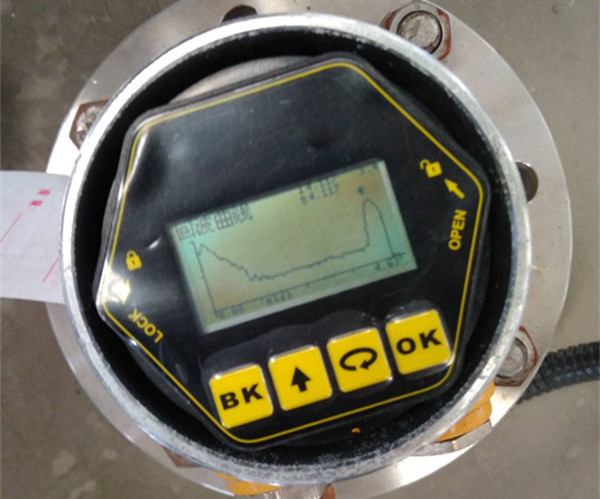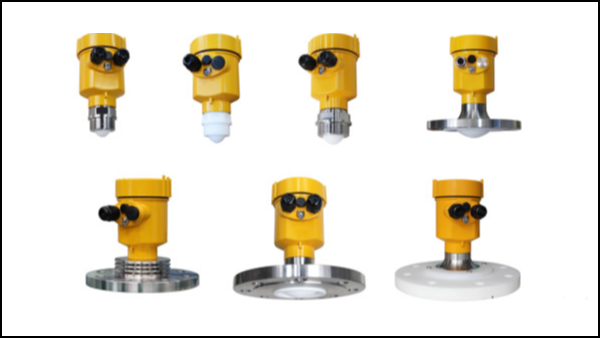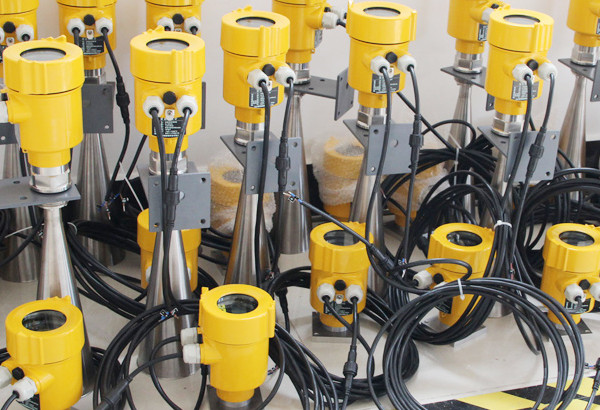The radar level meter is an instrument for liquid level measurement and is widely used in the modern sugar industry. Liquid level measurement in the sugar production process is often not easy due to special conditions such as sugar residue, crystalline matter, foam, and steam.
However, the radar level meter has become the preferred measuring instrument in the sugar industry due to its high accuracy, fast response, stability, and high availability. This paper will introduce the application of radar level meters in the sugar industry and the issues that need attention and will give two practical examples to illustrate.

The sugar industry is one of the representatives of the fine chemical industry, whose production process requires large amounts of water and heat sources.
Since changes in liquid level can directly affect the smooth running of the sugar process, accurate liquid level measurement is essential. The sugar industry often involves special conditions such as high temperatures and pressures, which pose certain challenges for liquid level measurement.
In the sugar industry, the special characteristics of the materials, such as the high content of sugar residue and crystalline matter, easily cause signal reflection and scattering, which affect the reflection and return transmission of radar signals.
In addition, factors such as bubbles, fluctuations, rapid level changes, and the presence of objects in the channel can also pose certain difficulties to the level measurement.

The radar level meter has become the instrument of choice for the sugar industry because of its high accuracy, fast response, stability, and high availability.
Firstly, when installing the radar level meter, attention needs to be paid to the installation direction of the guide drawing, so that the signal can bounce properly on the reflector plate. Secondly, the power of the radar transmitter and the sensitivity of the receiver need to be adjusted to avoid signal interference.
In addition, the radar level meter needs to be accurately calibrated before use to ensure the accuracy and reliability of the measurement. In actual use, the radar level meter needs to pay attention to fluctuations and liquid levels changing too fast. In this case, such problems can be solved by adjusting the quality of the signal return.

Two actual cases are presented below to further illustrate the application and considerations of radar level meters in the sugar industry. Case 1: A radar level meter was used in the production equipment of a sugar factory. During the commissioning process, the level meter performed well, while during product production, the response speed of the level meter decreased, which led to a decrease in the quality of the product.
After investigation, it was found that the liquid splashed on the surface of the level meter, which led to signal interference, so the level meter needed to be protected.
Case 2: A sugar factory was regulating the level of solenoid valves and using a pressure type level meter when it was found that the level meter was not highly accurate and vulnerable to liquid fluctuations and steam. Later, a radar level meter was adopted and found to be more accurate, faster response, and suitable for various production environments.

When using radar level meters, some details need to be paid attention to, such as reasonable installation, precise calibration, and adjustment of the quality of the signal return.
In addition, for special production conditions and material characteristics, targeted measures are needed to ensure the accuracy and reliability of level measurement.
The above two actual cases show that radar level meters are widely used in the sugar industry and can be used in various special production environments with corresponding advantages.
At the same time, it is also necessary to pay attention to various problems that may be encountered in the actual application in order to avoid affecting the accuracy and reliability of the level measurement as much as possible.
